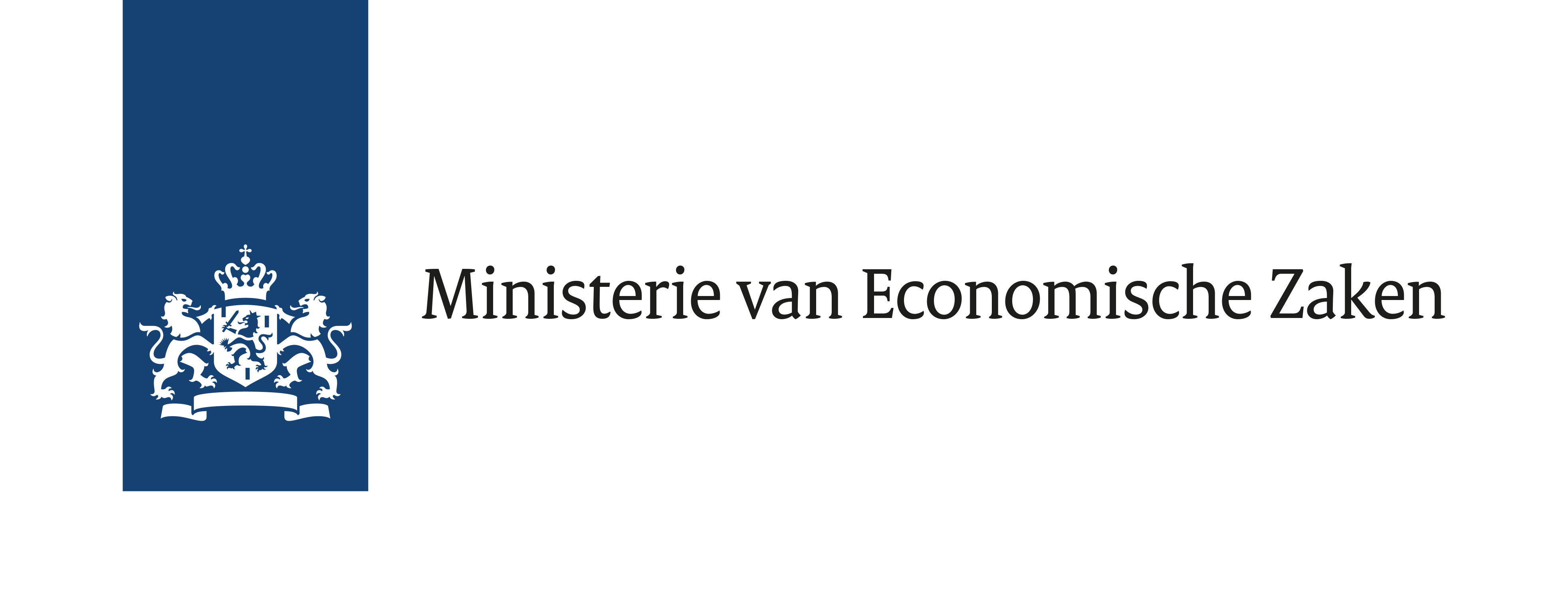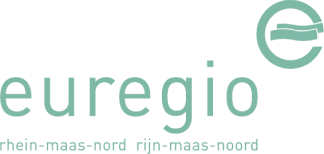The main goal of this project is to increase the efficiency of small wind turbines (SWT) in order to establish them as an economical solution on the path to energy self-sufficiency. In recent years, the development of wind turbines has resulted in bigger and bigger turbines, as the wind blows more constantly and more strongly in higher air layers. In contrast, KWA are used for decentralized energy generation in the immediate vicinity of consumers and have considerable potential for achieving energy self-sufficiency.
However, the wind near the ground is deflected, slowed down and swirled by obstacles such as buildings or trees. This makes it difficult to predict the wind potential and poses the risk of bad investments in the site-specific system design. The following innovations are planned to meet these challenges:
• The development of a mechanical rotor blade adjustment system that automatically adjusts blade angles to different wind conditions.
• The creation of a modular rotor blade concept for an optimal location-specific design of the SWT according to the prevailing wind conditions (strong wind or weak wind).
• The development of an AI-based forecasting system for a cost-effective, fast and well-founded prediction of wind conditions and site suitability.
• Development of an intelligent, AI-optimized control system that flexibly adjusts the rotor and generator speed to different, rapidly changing wind conditions. This ensures higher energy yields and reduced dynamic loads.
The target groups of the SWT are commercial areas, public facilities and farms with sufficient space and corresponding energy requirements. Efficient and economical SWT can close the gaps to complete energy self-sufficiency that arise, for example, with PV systems during the night or in winter. In order to test the innovations under real conditions, three prototypes will be installed as part of the project – one in the “Ondernemend Emmen” business park, one on the campus of Hochschule Emden/Leer, and one at “Windmolens op Maat”. The project consortium covers the entire value chain, from developers (universities, research and development institutions) to producers (SMEs) and the three end users where the prototypes are to be installed.















